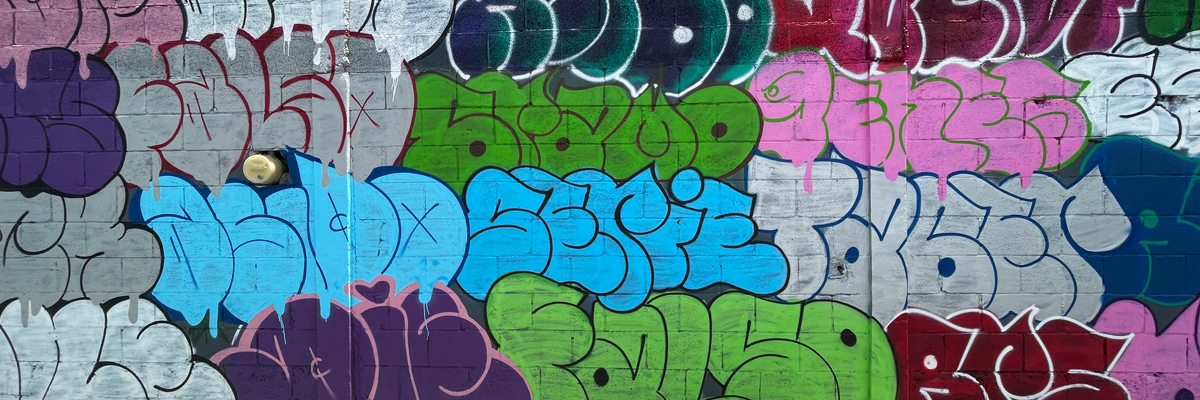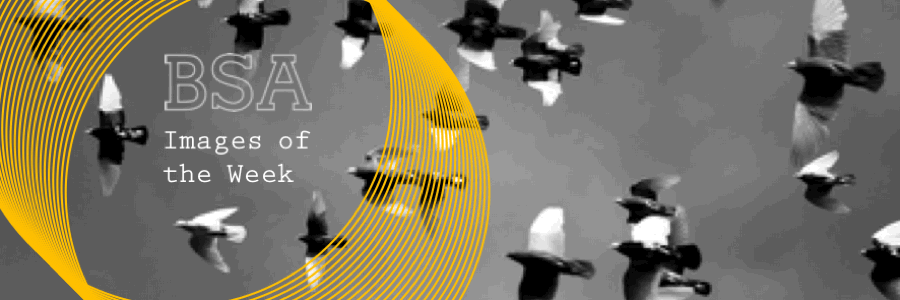
Welcome to BSA Images of the Week.
People are so careful sometimes to let you know that certain artists are self-taught. You wouldn’t think it so necessary to make the distinction but it’s often an important demarcation for the academic or self-appointed expert who wants to preserve the class divide, assuring that only persons from families who can afford luxury branded education could possibly be awarded highest distinction in any category.
Consider even newer terms like “Outsider Art”. It’s right there in the name, people.
Talk about so-called “outsider artists,” and there is a certain air of incredulity that such original, imaginative, high-quality work and brilliance could come from those who haven’t been to an art academy. The occurrence is likened to a supernatural fluke, something mystical perhaps channeled through this vessel of a person, not indicative of their own talents necessarily.
“Self-taught” is a source of pride for graffiti writers – taught by the university of the streets, a few will tell you. Some street artists like to say they evolved from the Do It Yourself (DIY) subcultures of punk and anarchists. It’s a source of pride, often hard-won. For those making money selling graffiti or street artists’ work in a gallery, however, they’ll check your resume in addition to your canvas. Its easier to assure potential buyers that an artist attended an accredited, if not acclaimed, university or program, or studied under the tutelage of an art star. It’s about branding, for sure, but it is also infused with class.
The Mata Ortiz pottery style from the northern central region of Mexico took hold in the 1990s when the Santa Fe style of home décor became popular in parts of the US. Originating from the Indigenous peoples who lived here and in this region before the Europeans arrived, the geometric designs and stylized animal patterning on pottery fragments from prehistoric cultures like the Mimbres and Casas Grandes inspired a new interest among ceramicists and potters.
A farmer who liked to explore near the remains of Paquime countryside and to discover pottery remnants in this desert and forest region, Juan Quesada took inspiration and began to develop his own pottery designs beginning in the 1960s. Over the course of the next decades, his work was “discovered” by an anthropologist and ceramic collector north of the border, and he helped Quesada to develop a sustainable business of sales and to spread word of his talent. These prized pottery works that later became part of museum private collections eventually spawned a small cottage industry in the surrounding area that is primarily known for ranching and lumber. Today Quesada continues to create his own art and has helped hundreds of family and friends to participate, learn, and thrive with the opportunity he authored.
He was also self-taught.
So, we lift a glass of tequila to him and all the self-taught artists and artisans – and those who share their skills with others.
Here’s our weekly interview with the street here in Mexico, this week featuring ARSK, Aser, Bianca S, BN One, CFN, Damasco, EXPm, Llario, Jeack, Juan Quezada, Mabe, Mecivo, Neth, Pese, RCW, Seyk, and Shutney.
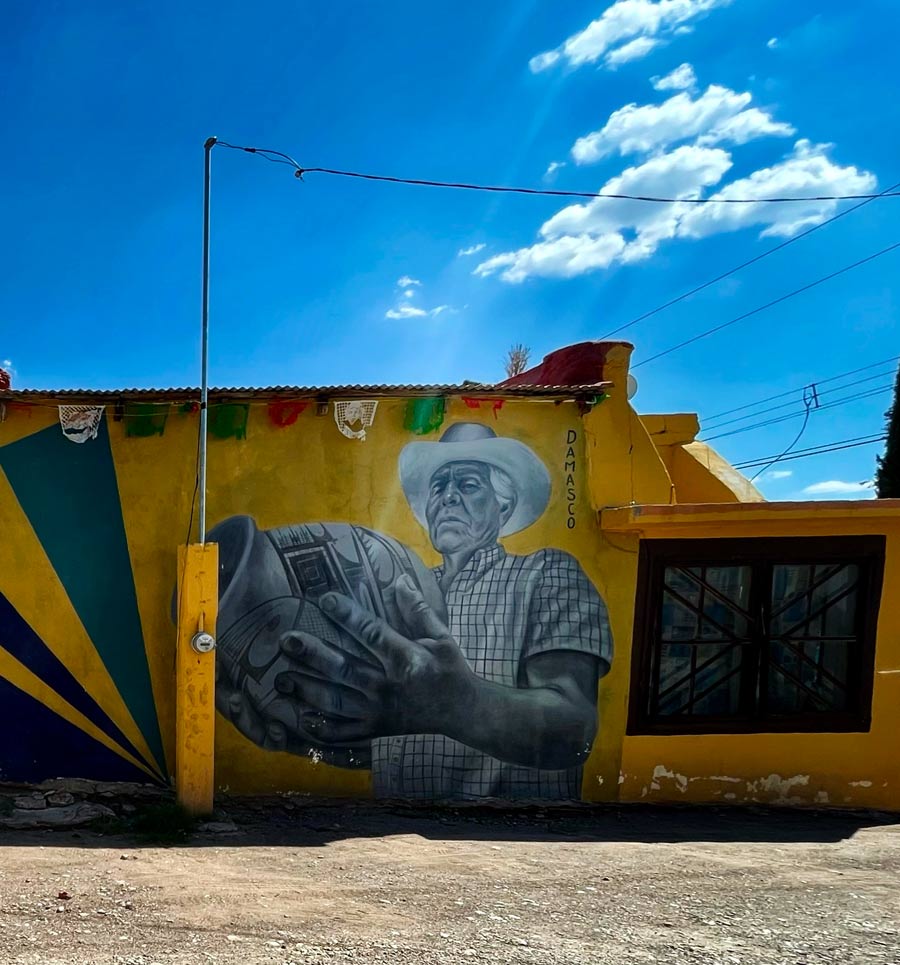
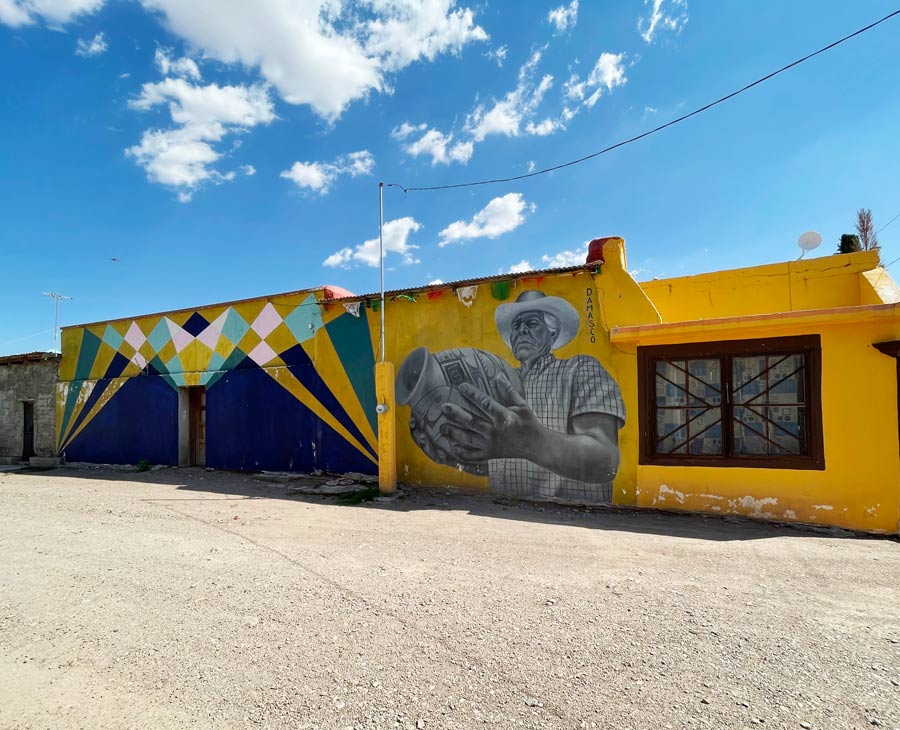
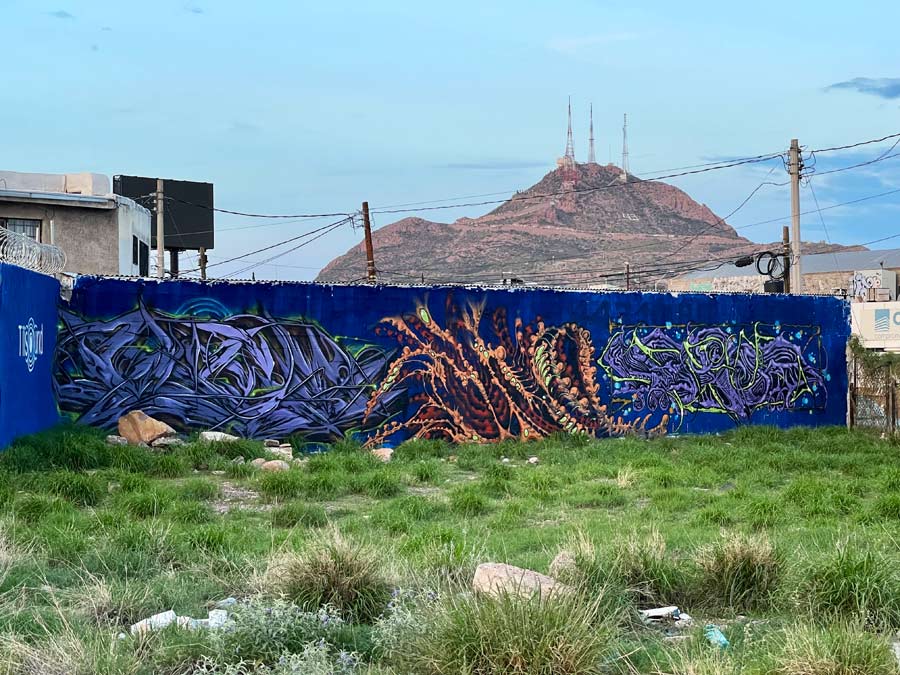
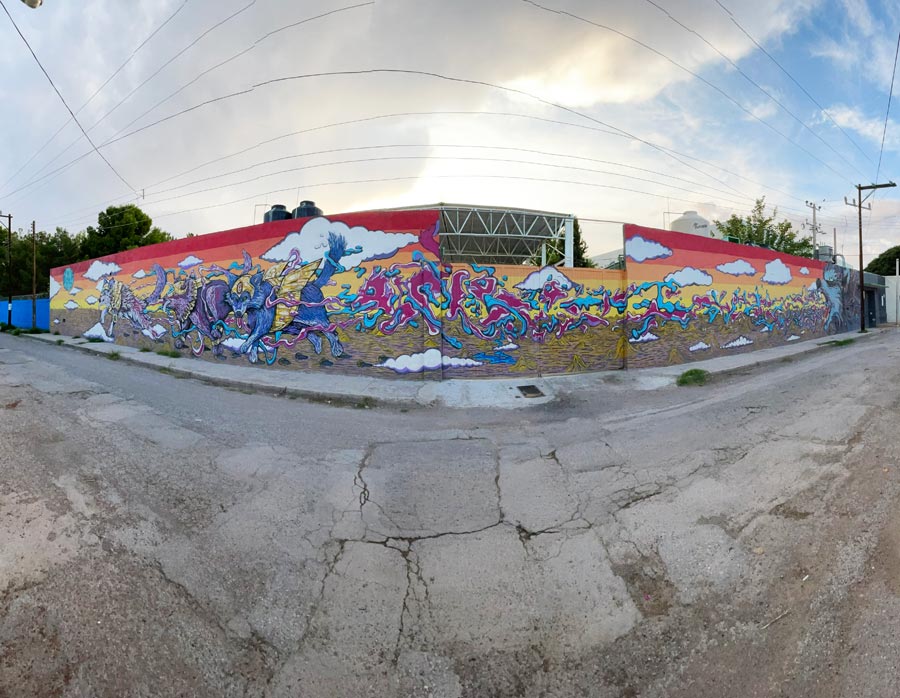
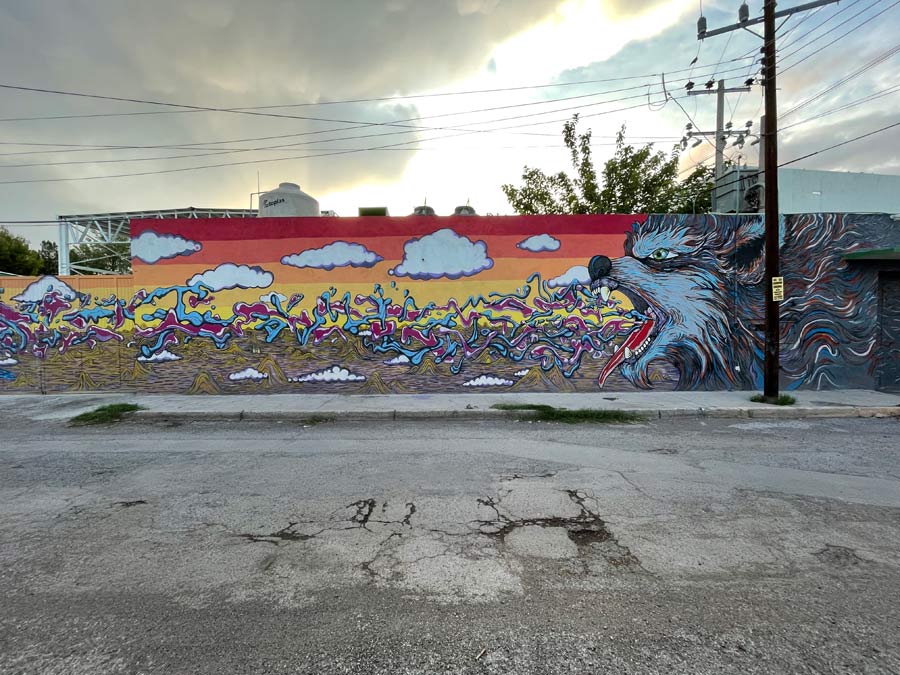
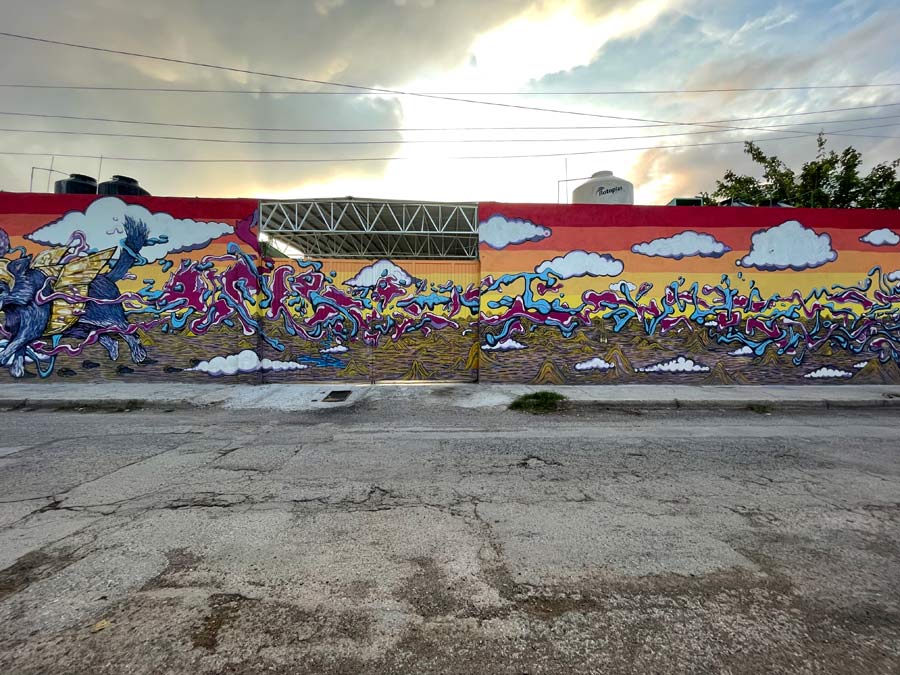
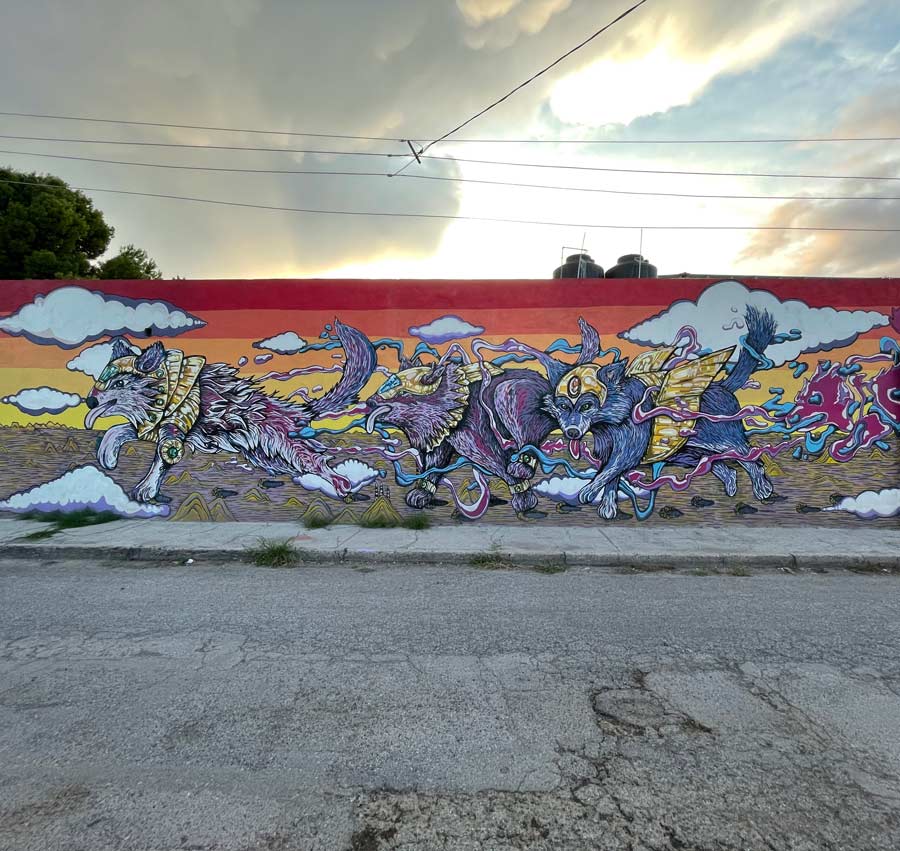
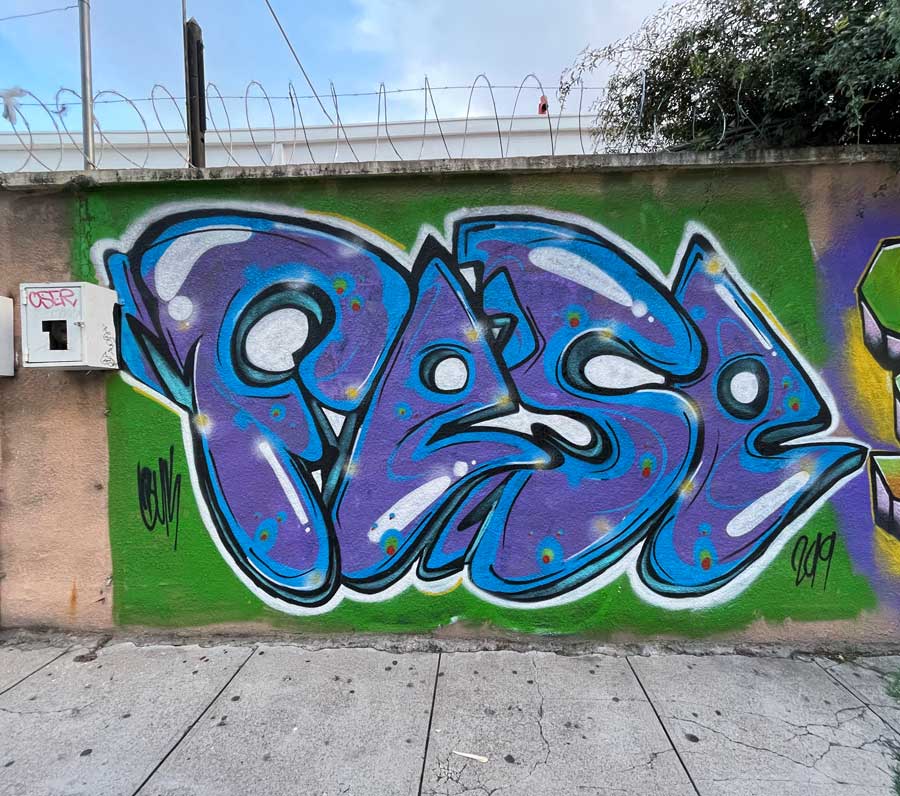

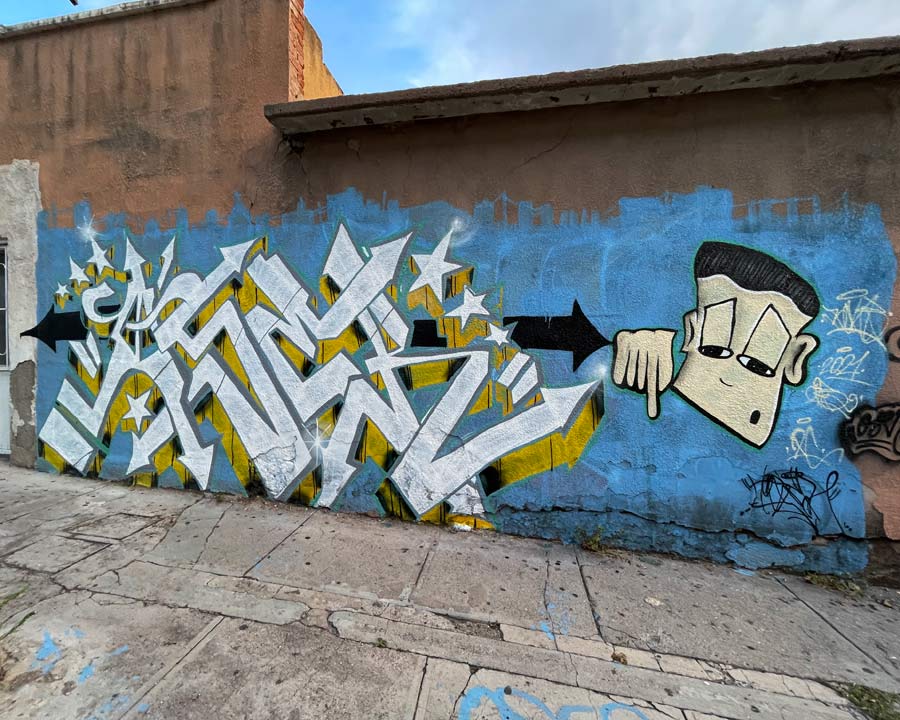
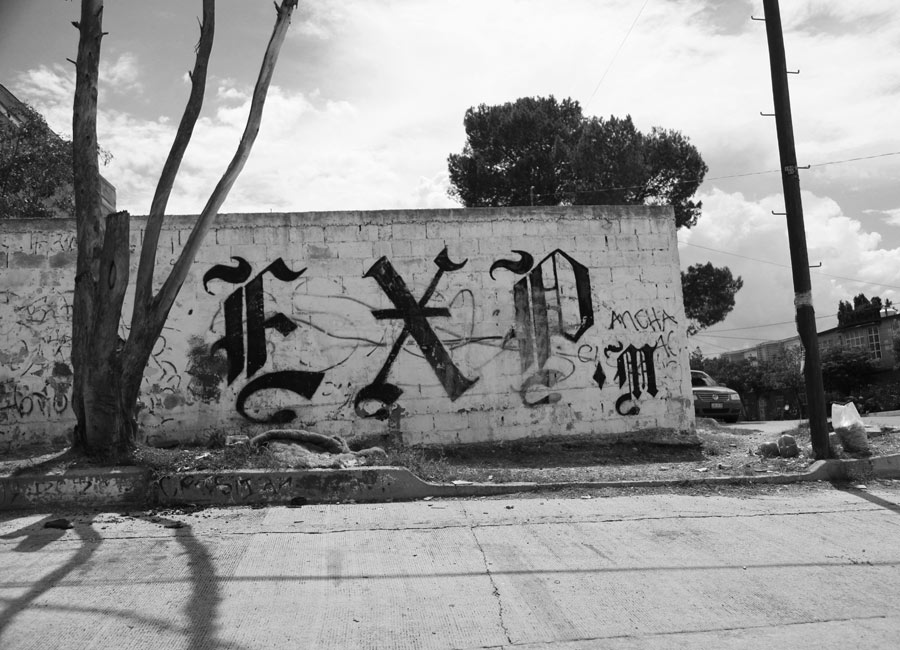

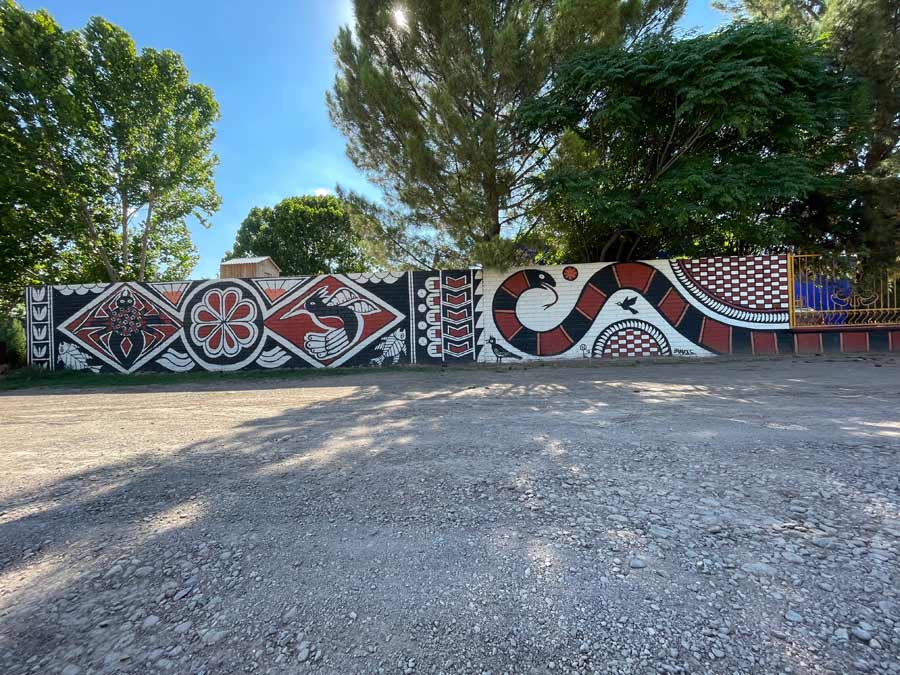
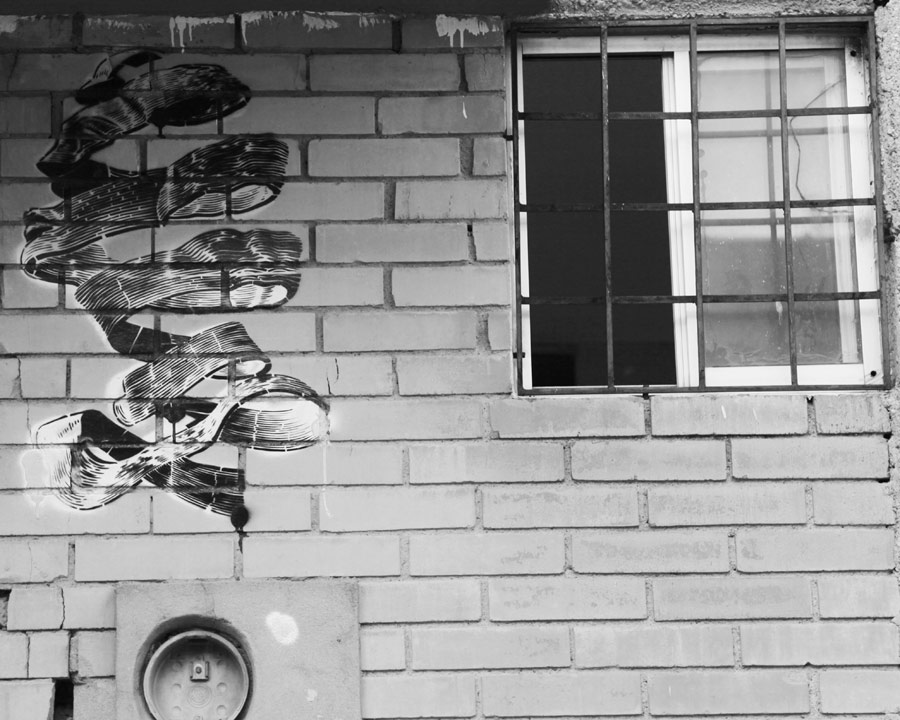
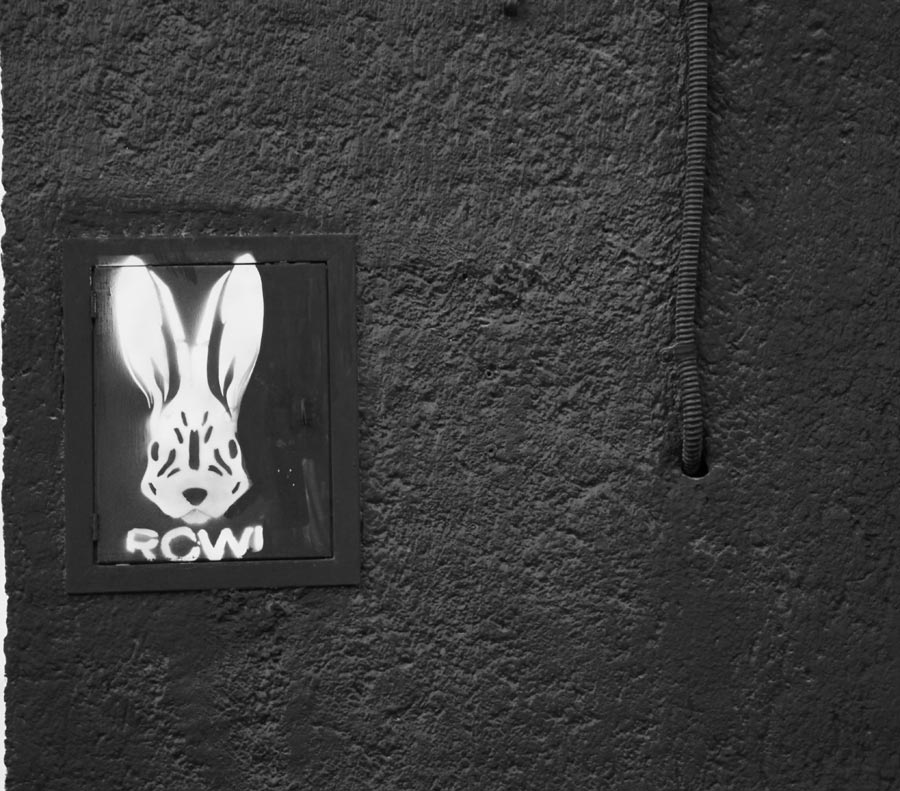
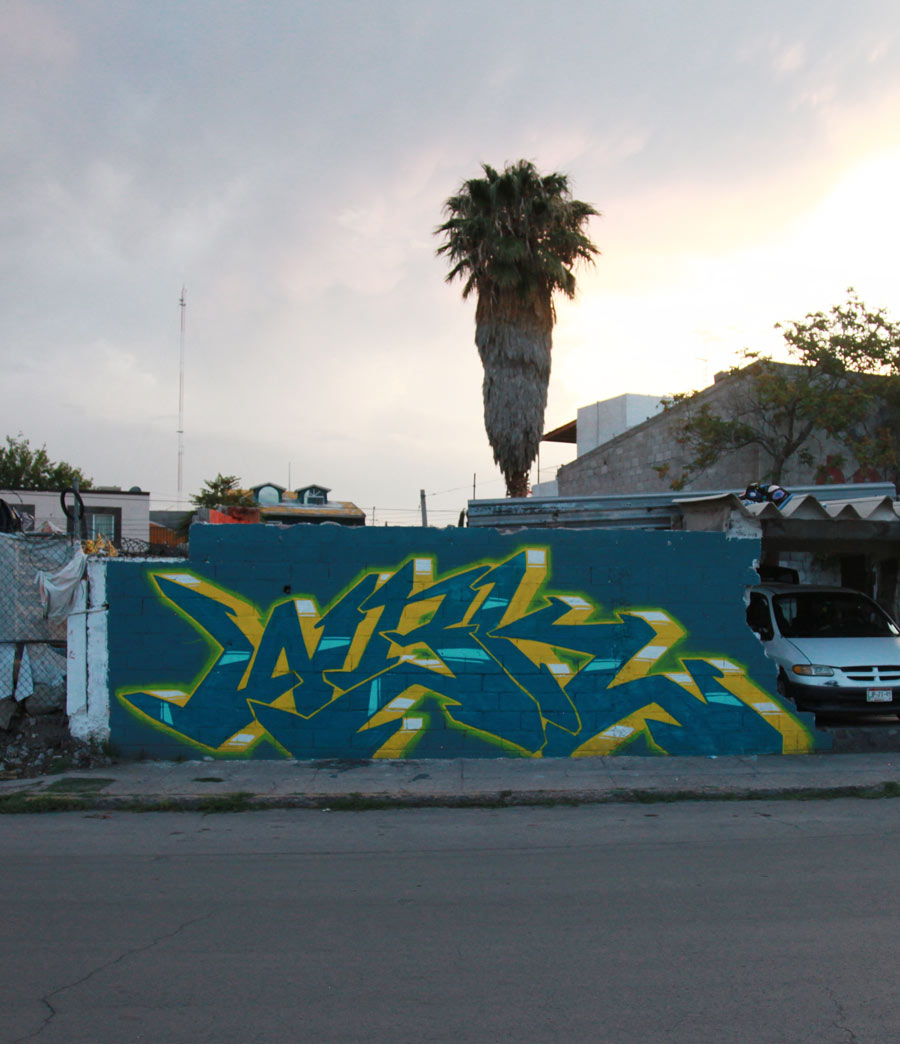
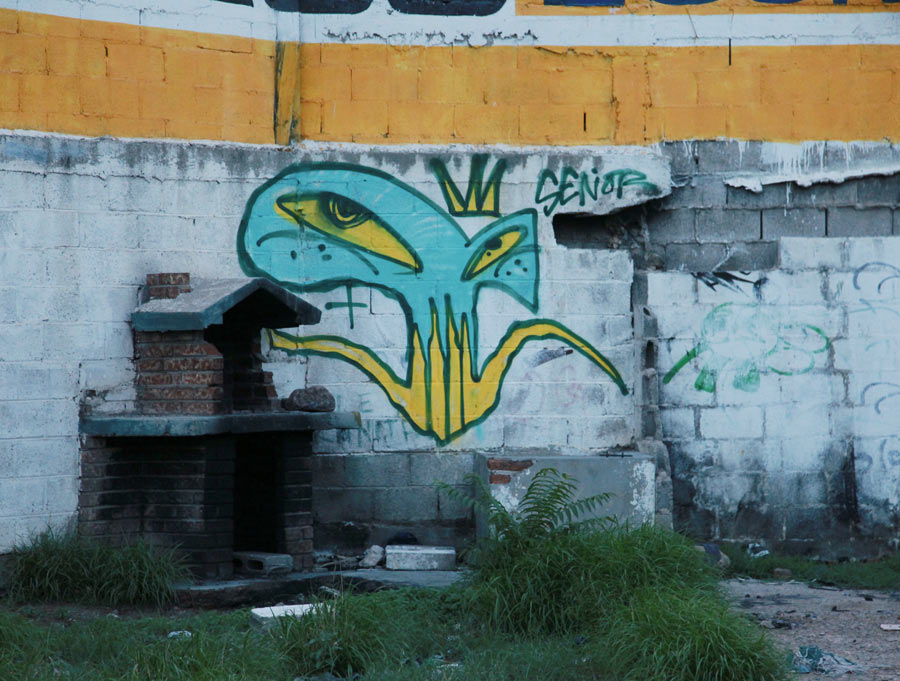
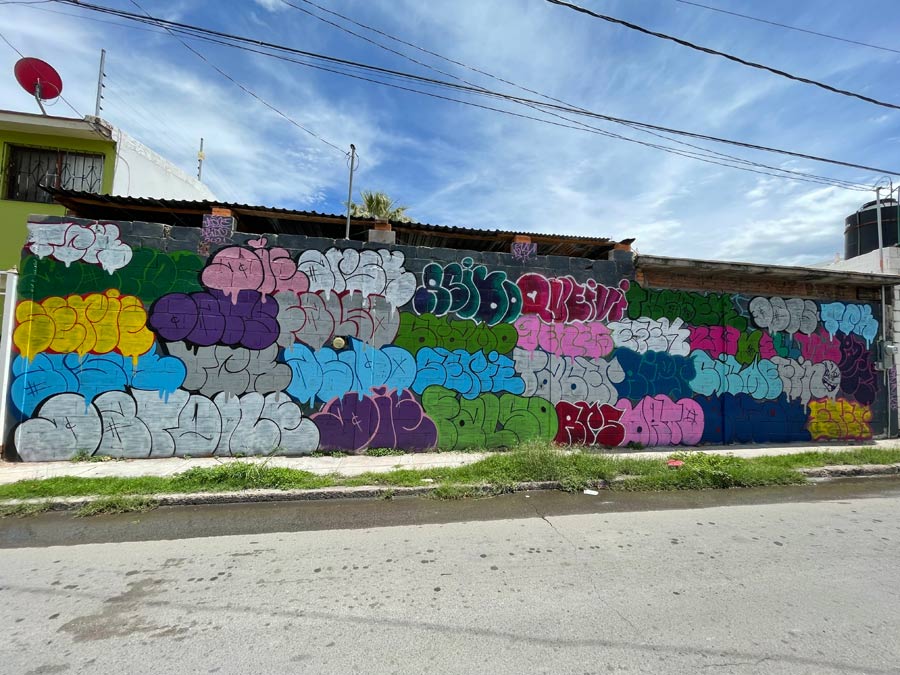
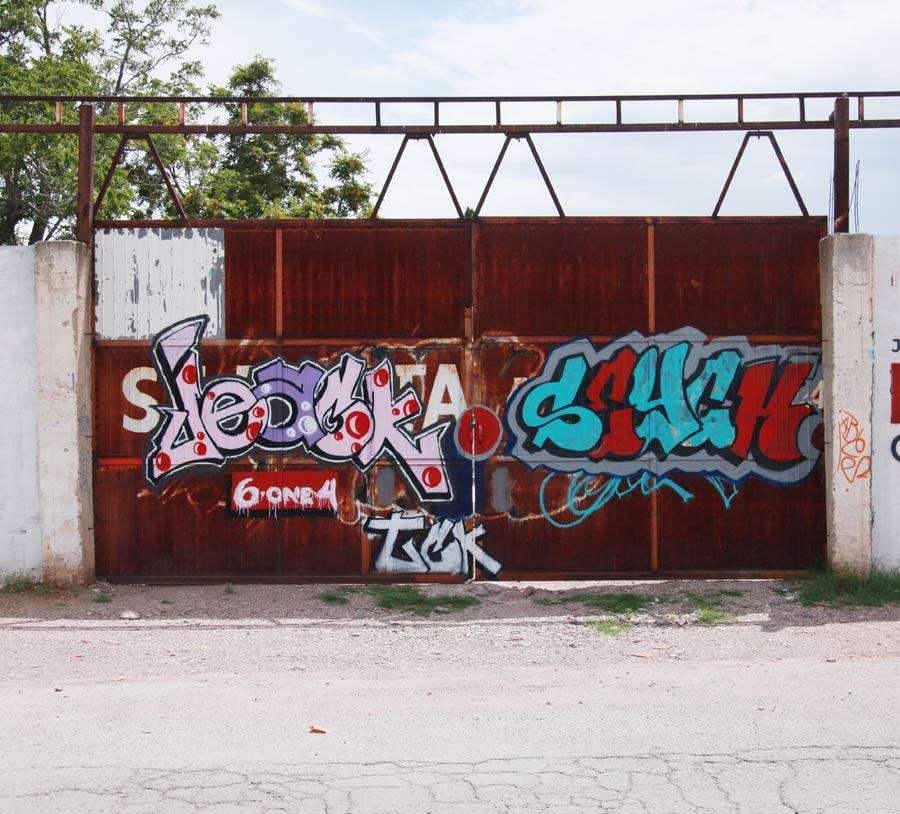
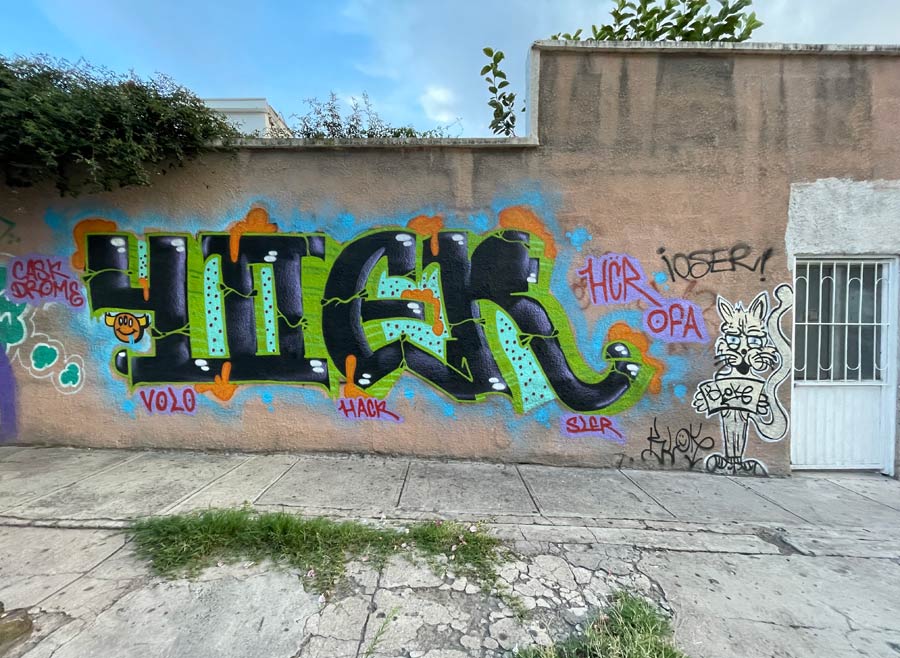
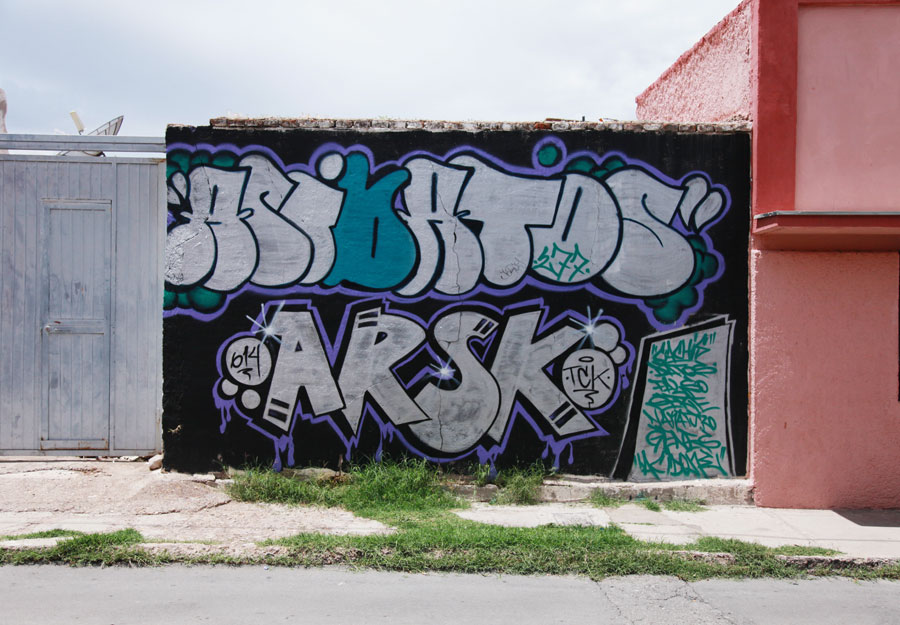
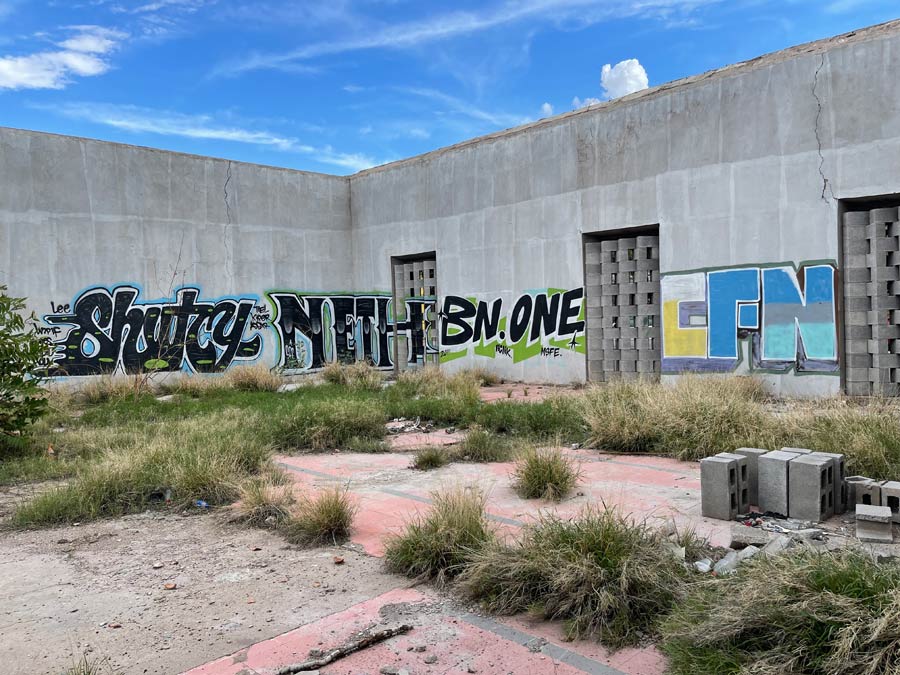
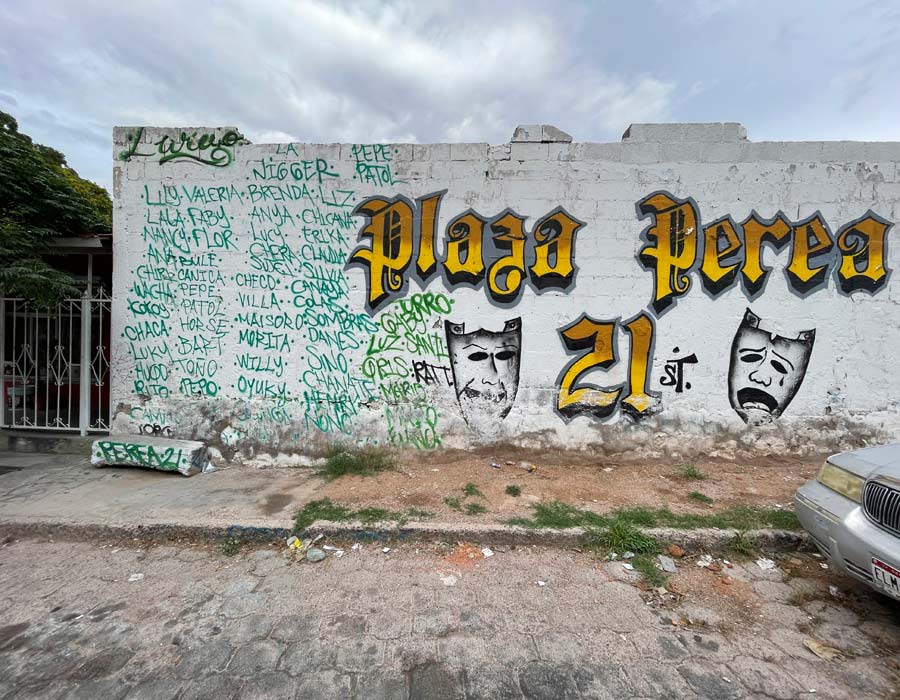
 BROOKLYN STREET ART LOVES YOU MORE EVERY DAY
BROOKLYN STREET ART LOVES YOU MORE EVERY DAY